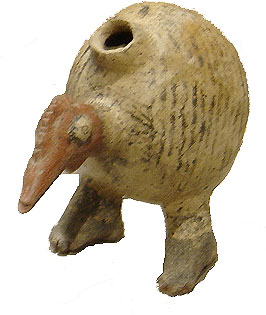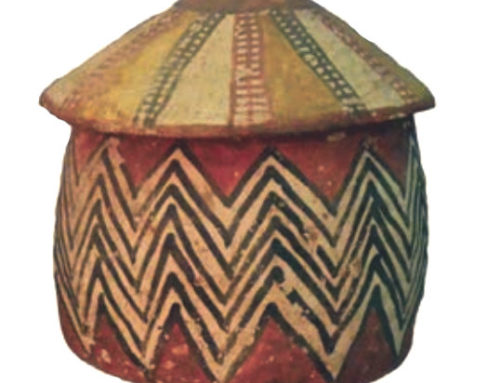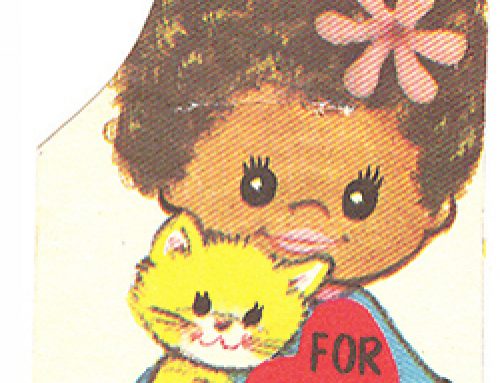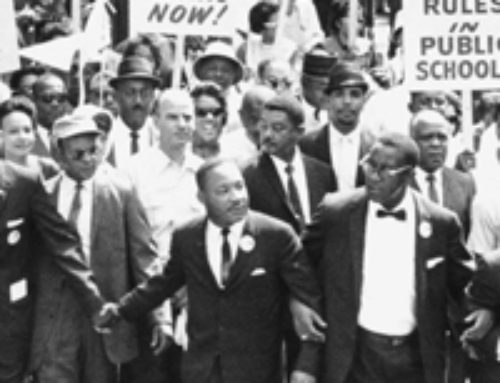We’re coming up on Thanksgiving already! There are five parts to the history of Thanksgiving, but we usually choose to remember only one of them. The five parts are
1) Native American corn harvest ceremonies
2) the Pilgrims learning to eat Native foods
3) Lincoln’s assertion of federal power during the Civil War
4) Kids trick-or-treating during Thanksgiving
5) Native American day of mourning
Native American corn ceremonies
The earliest traces of our modern holiday of Thanksgiving go back long before the Pilgrims, to the Native American Green Corn ceremony. Along the Atlantic coast of North America, Native people started to celebrate the Green Corn ceremony around 100 AD, when they started growing corn. This was a harvest festival, to thank the gods for providing plenty of food to last the winter.
More about the Green Corn ceremony
Where did corn come from?

Olmec clay image of a turkey, about 700 BC (Thanks to Steffan Ziegler)
When Christian European settlers first arrived in the 1500s AD, they learned to grow corn, squash, and beans too, and they also celebrated the harvest.
Early history of Thanksgiving
The Three Sisters
Pilgrims eat Native foods
As you’ve probably heard, in November 1621, the Pilgrims sat down with the local Wampanoag people to celebrate in just this way. They had ate corn, and squash, and beans, just as people always had at the Green Corn Ceremony. They ate other local foods, like onions, cranberries, ducks, wild turkey, oysters, clams, and venison.
The complicated backstory of turkey
This custom continued through the 1700s. People added other Native foods like sweet potatoes. It became more Christian as people added church services, and started to call it Thanksgiving, but there was no set date. Governors of each colony, and later of each state, announced Thanksgiving whenever they felt like it. A lot of the colonies held more than one Thanksgiving in a year.
Where are sweet potatoes from?
Up to this point, Thanksgiving was mostly a north-eastern holiday. People didn’t celebrate it in the South, and the Native people out West, who didn’t grow corn, didn’t celebrate it either.

Wild turkeys
Thanksgiving and the Civil War
Modern Thanksgiving was invented during the Civil War, when Lincoln was looking for a way to pull the country together and assert the power of the Federal government. He announced the new Federal holiday in 1863. Of course the Confederacy ignored the new holiday. And for a long time after the Civil War, southerners didn’t celebrate Thanksgiving.
Thanksgiving becomes a national holiday
Trick-or-treating Thanksgiving

Kids in Thanksgiving costumes (New York City, 1933)
About 1900, cities tried to stop young people from going mumming or caroling at Christmas, to make Christmas more of a family holiday. Christmas mumming generally involved a lot of young men drinking and breaking things, so of course cities didn’t think much of it. But banning it at Christmas didn’t end the mumming – it moved it to Thanksgiving. From about 1900 to 1930, kids trick-or-treated at Thanksgiving. City governments tried again to stop it, and by 1940 most people gave up trick-or-treating at Thanksgiving and started doing it at Halloween instead.
Native American Day of Mourning
Today, most Southern people do celebrate Thanksgiving. But many Native Americans refuse to celebrate Thanksgiving, and instead observe a day of mourning for their stolen land.




